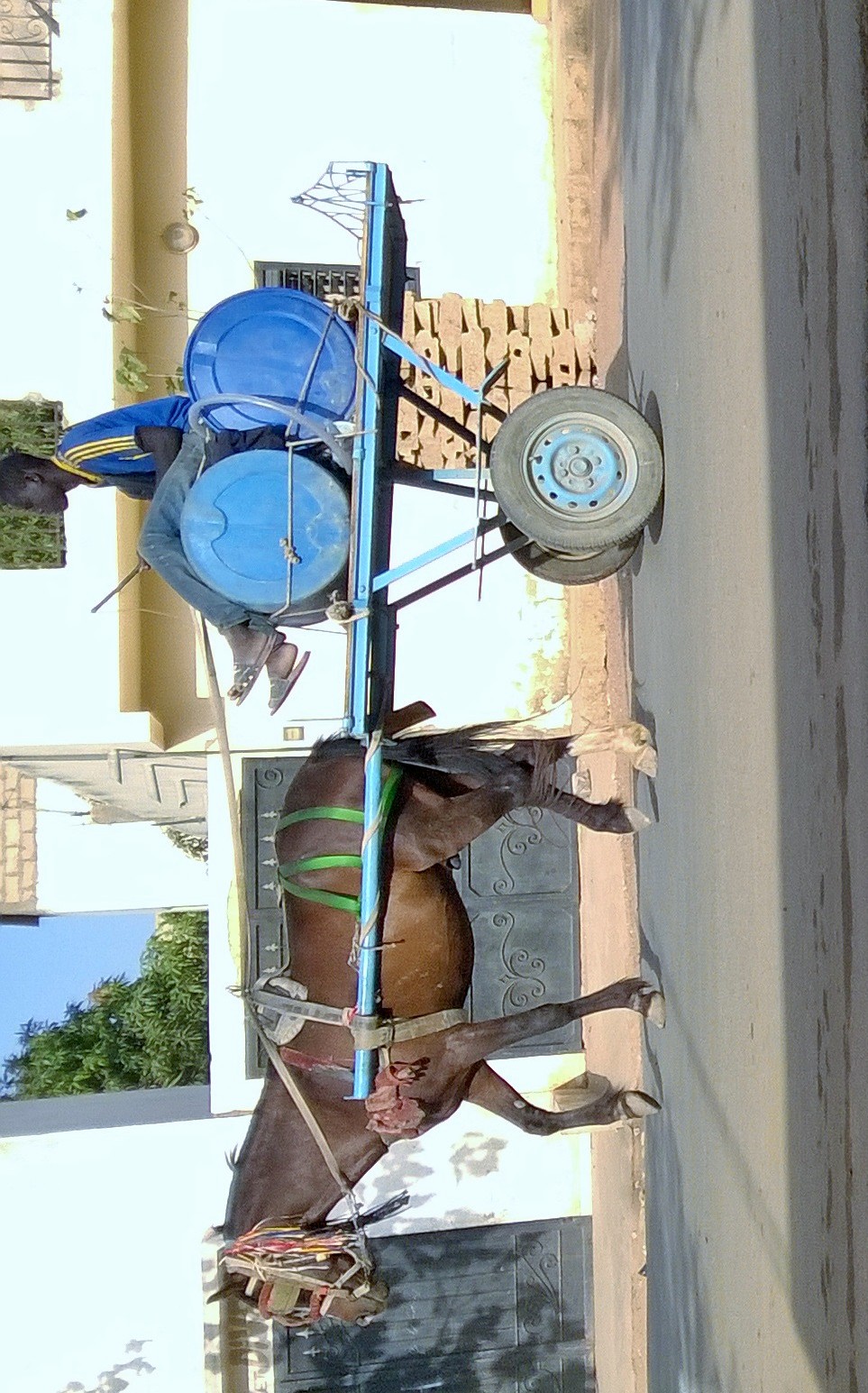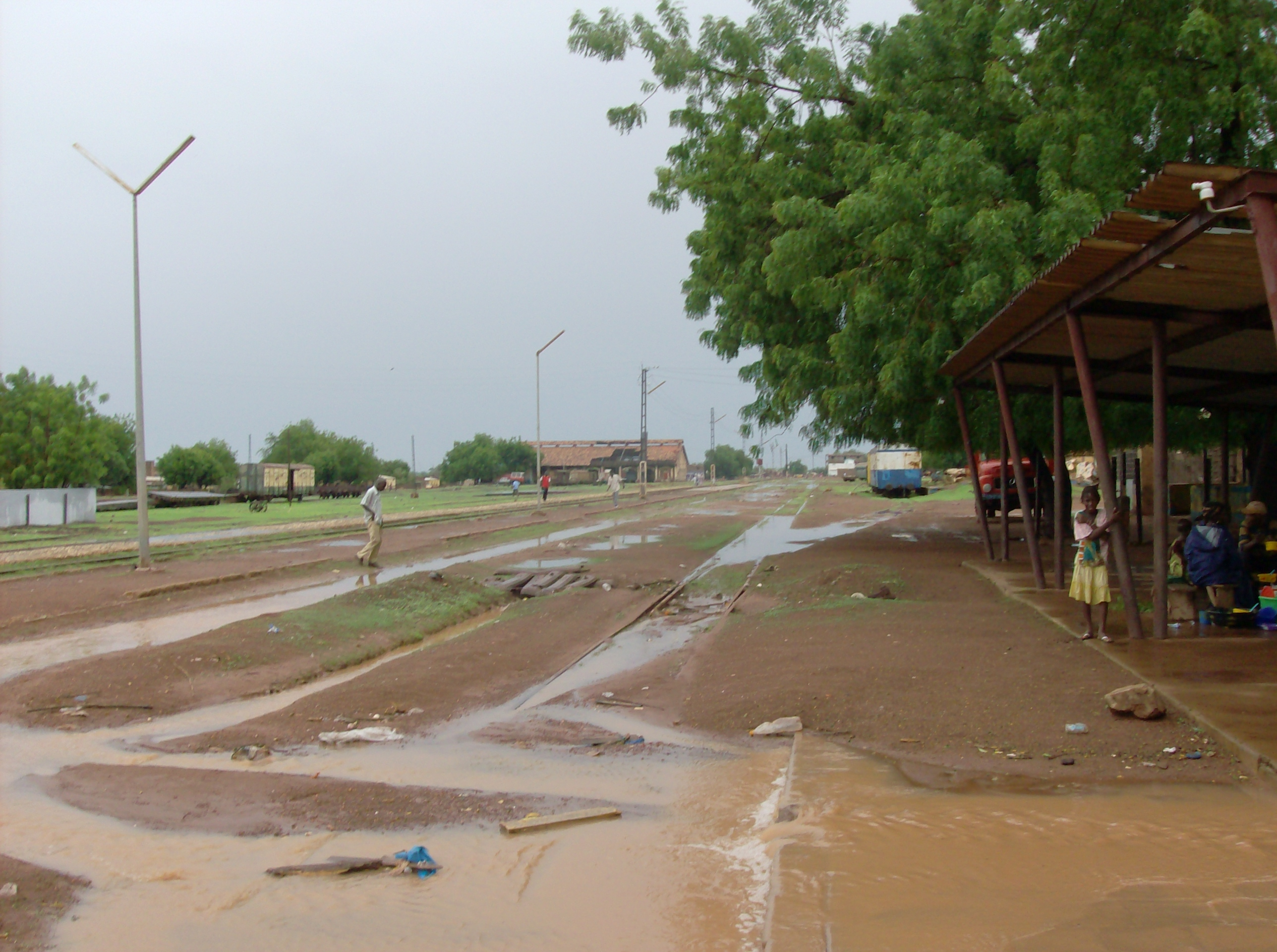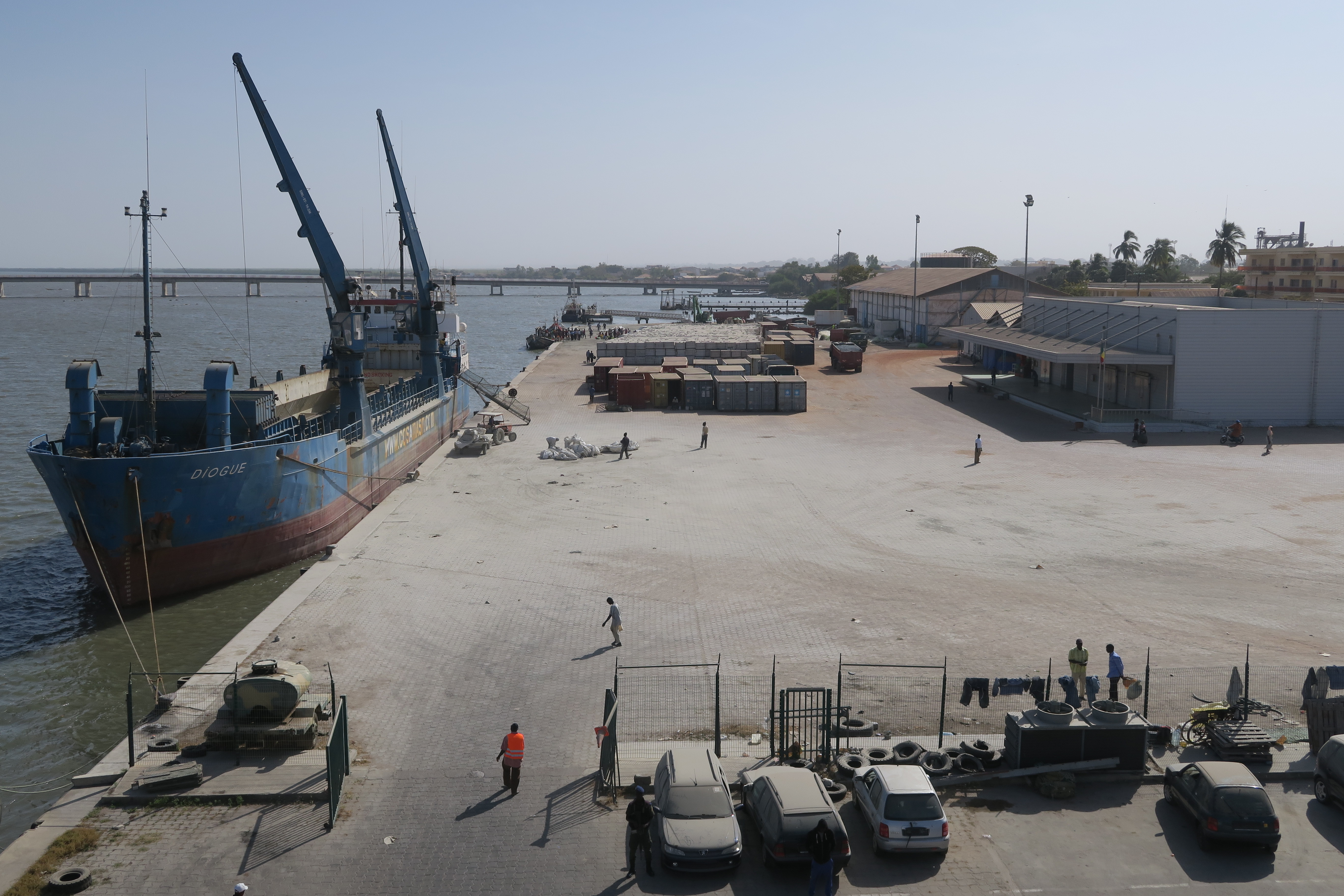|
N6 Road (Senegal)
The N6 road is one of the 7 national roads of Senegal. It connects Tambacounda in the centre of Senegal to Ziguinchor in Basse Casamance in the south by a route which avoids traversing the Gambia. It is also known as the Route du Sud. The road runs in a southerly direction from Tambacounda before swinging westwards to follow the southern bank of the Casamance River via Vélingara and Kolda to Ziguichor, where it connects to the N4 road. See also * N1 road * N2 road * N3 road * N4 road * N5 road * N7 road * Transport in Senegal This article describes the system of transport in Senegal, both public and private.This system comprises roads (both paved and unpaved), rail transport, water transport, and air transportation. Roads The system of roads in Senegal is extensive ... Road transport in Senegal {{Africa-road-stub ... [...More Info...] [...Related Items...] OR: [Wikipedia] [Google] [Baidu] |
Roads In Senegal
This article describes the system of transport in Senegal, both public and private.This system comprises roads (both paved and unpaved), rail transport, water transport, and air transportation. Roads The system of roads in Senegal is extensive by West African standards, with paved roads reaching each corner of the country and all major towns. International highways Dakar is the endpoint of three routes in the Trans-African Highway network. These are as follows: * Cairo-Dakar Highway which crosses the edge of the Sahara * Dakar-Ndjamena Highway which links the countries of the Sahel, also called the Trans-Sahelian Highway * Dakar-Lagos Highway running along the West African coast and called by the Economic Community of West African States (ECOWAS) the Trans–West African Coastal Highway (though ECOWAS considers this route to start in Nouakchott, Mauritania). Senegal's road network links closely with those of the Gambia, since the shortest route between south-western distri ... [...More Info...] [...Related Items...] OR: [Wikipedia] [Google] [Baidu] |
Senegal
Senegal,; Wolof: ''Senegaal''; Pulaar: 𞤅𞤫𞤲𞤫𞤺𞤢𞥄𞤤𞤭 (Senegaali); Arabic: السنغال ''As-Sinighal'') officially the Republic of Senegal,; Wolof: ''Réewum Senegaal''; Pulaar : 𞤈𞤫𞤲𞤣𞤢𞥄𞤲𞤣𞤭 𞤅𞤫𞤲𞤫𞤺𞤢𞥄𞤤𞤭 (Renndaandi Senegaali); Arabic: جمهورية السنغال ''Jumhuriat As-Sinighal'') is a country in West Africa, on the Atlantic Ocean coastline. Senegal is bordered by Mauritania to the north, Mali to the east, Guinea to the southeast and Guinea-Bissau to the southwest. Senegal nearly surrounds the Gambia, a country occupying a narrow sliver of land along the banks of the Gambia River, which separates Senegal's southern region of Casamance from the rest of the country. Senegal also shares a maritime border with Cape Verde. Senegal's economic and political capital is Dakar. Senegal is notably the westernmost country in the mainland of the Old World, or Afro-Eurasia. It owes its name to the ... [...More Info...] [...Related Items...] OR: [Wikipedia] [Google] [Baidu] |
Tambacounda
Tambacounda ( ar, تامباكوندا; Wolof: Tambaakundaa ) is the largest city in eastern Senegal, southeast of Dakar, and is the regional capital of the province of the same name. Its estimated population in 2007 was 78,800. Geography Tambacounda is situated on the sparsely populated sahélien plains of eastern Senegal. Nearby towns include Madina Maboule, Koukari, Yoro Sankoule, Sambadian, Djidje Kounda, Afia Seno, Saare Boylii and Kanderi Niana. Climate Tambacounda has a tropical savanna climate (Köppen ''Aw''), bordering upon a hot semi-arid climate (''BSh''). Like most of West Africa, the area has two seasons, the rainy season from June to October, characterized by heat, humidity and storms, and the sweltering, rainless dry season from November to May. The average precipitation is . Population and culture Between the censuses of 1988 and 2002, Tambacounda grew from 41,885 to 67,543 inhabitants. In 2007, according to official estimates, the population reached 78,8 ... [...More Info...] [...Related Items...] OR: [Wikipedia] [Google] [Baidu] |
Ziguinchor
Ziguinchor (; wo, Siggcoor ; ar, زيغينكور) is the capital of the Ziguinchor Region, and the chief town of the Casamance area of Senegal, lying at the mouth of the Casamance River. It has a population of over 230,000 (2007 estimate). It is the seventh largest city of Senegal, but largely separated from the north of the country by The Gambia. Unlike the semi-arid to arid north of Senegal, as it is under the influence of the West African Monsoon, Ziguinchor has a tropical savanna climate, with an average annual accumulated rainfall of approximately . Etymology There are several competing etymologies for Ziguinchor's name. The most well-known comes from the time when Portuguese traders and explorers came to the region to form a trading post, and derives from Portuguese ''Cheguei e choram'', "I came and they cry". The local people, seeing the Europeans, began crying, thinking they were about to be enslaved. The name, however, likely predates the Portuguese arrival, as the e ... [...More Info...] [...Related Items...] OR: [Wikipedia] [Google] [Baidu] |
Basse Casamance
Ziguinchor is a region of Senegal (regional capitals have the same name as their respective regions). The region is also referred to historically and popularly as Basse Casamance. Departments Ziguinchor region is divided into 3 departments Department may refer to: * Departmentalization, division of a larger organization into parts with specific responsibility Government and military *Department (administrative division), a geographical and administrative division within a country, ...: * Bignona Département * Oussouye Département * Ziguinchor Département References Casamance Regions of Senegal {{Senegal-geo-stub ... [...More Info...] [...Related Items...] OR: [Wikipedia] [Google] [Baidu] |
Gambia
The Gambia,, ff, Gammbi, ar, غامبيا officially the Republic of The Gambia, is a country in West Africa. It is the smallest country within mainland AfricaHoare, Ben. (2002) ''The Kingfisher A-Z Encyclopedia'', Kingfisher Publications. p. 11. . and is surrounded by Senegal, except for its western coast on the Atlantic Ocean. The Gambia is situated on both sides of the lower reaches of the Gambia River, the nation's namesake, which flows through the centre of the Gambia and empties into the Atlantic Ocean, thus the long shape of the country. It has an area of with a population of 1,857,181 as of the April 2013 census. Banjul is the Gambian capital and the country's largest metropolitan area, while the largest cities are Serekunda and Brikama. The Portuguese in 1455 entered the Gambian region, the first Europeans to do so, but never established important trade there. In 1765, the Gambia was made a part of the British Empire by establishment of the Gambia. In 1965, t ... [...More Info...] [...Related Items...] OR: [Wikipedia] [Google] [Baidu] |
Casamance River
The Casamance River () flows westward for the most part into the Atlantic Ocean along a path about in length. However, only are navigable. The Casamance is the principal river of the Kolda, Sédhiou, and Ziguinchor Regions in the southern portion of Senegal. It is located between the Gambia River to the north and the Cacheu and Geba rivers to the south. There is a ferry at Ziguinchor in Senegal which is one of the most important towns on the river. Other important settlements on its banks include Goudomp, Sediou, Diattakounda, Tanae, and Kolda Kolda ( ar, كولدا; Wolof: Koldaa) is a city located in southern Senegal. It is the capital city of Kolda Region and Kolda Department, a region known historically and popularly as Haute Casamance. History The name Kolda derives from the na .... References *Much of this article is a translation from the French language Wikipedia article :fr:Casamance (fleuve). Rivers of Senegal Casamance {{Senegal-river-stub ... [...More Info...] [...Related Items...] OR: [Wikipedia] [Google] [Baidu] |
Vélingara
Vélingara is a town located in the Kolda Region of Senegal. It is slightly north of the large 48 km Vélingara crater though the structure's impact origin is still unconfirmed.S. Wade, M. Barbieri, J. Lichtenegger (2001The Velingara Circular StructureEsa Bulletin June 2001 The population is primarily composed of Fulani, Soninke, Wolof and Madingo. At the census of 2002 it numbered 20,806. In 2007, according to official estimates, it had grown to 23,775. See also * List of possible impact structures on Earth This is a list of possible impact structures on Earth. More than 130 geophysical features on the surface of the Earth have been proposed as candidate sites for impact events by appearing several times in the literature and/or being endorsed by the ... References Populated places in Kolda Region Communes of Senegal {{Senegal-geo-stub ... [...More Info...] [...Related Items...] OR: [Wikipedia] [Google] [Baidu] |
Kolda
Kolda ( ar, كولدا; Wolof: Koldaa) is a city located in southern Senegal. It is the capital city of Kolda Region and Kolda Department, a region known historically and popularly as Haute Casamance. History The name Kolda derives from the name of the city's founder Koly Dado who first created a settlement near the shores of the Casamance River. Administration Kolda is the chief city of Kolda Department and of the Kolda Region. Geography The city is located on National Road 6, also called the "southern route" due to the fact that it goes from Dakar to Ziguinchor through Tambacounda, Vélingara and Kolda. Dakar, the capital city of Sénégal, is located 670 kilometers from Kolda. Local administrative districts include Bantanguel, Doumassou, Ndiobène, Sarè Moussa, Gadapara, Sarè Kemo, Sinthiang Tountouroung, Sinthiang Idriss, Escale, Sikilo, and Faraba. Kolda is the main capital of the region incorporating the two departments of Velingara and Fafacourou. Physical geolog ... [...More Info...] [...Related Items...] OR: [Wikipedia] [Google] [Baidu] |
N4 Road (Senegal)
The N4 road is the Trans-Gambia Highway extension in Senegal, which is the main connection between the Casamance area in the south and the capital Dakar. The road runs north from Ziguinchor in Casamance to Bignona, crossing the Casamance River. It runs north-east to Bounkiling and then north to traverse the country of Gambia between Soma and Farafenni, crossing the Gambia River across the newly opened Senegambia Bridge. After travelling north-west to Kaolack it joins the N1 road, which links to Dakar. The building of a prestressed concrete bridge over the Gambia River was finally completed in January 2019 and will be opened to all vehicle traffic by July 2019 An alternative (smaller) route is the N5 via Bignona and Banjul, crossing the Gambia river by ferry at Banjul and rejoining the N4 just south of Kaolack. See also * N1 road * N2 road * N3 road * N5 road * N6 road * N7 road * Transport in Senegal This article describes the system of transport in Senegal, both ... [...More Info...] [...Related Items...] OR: [Wikipedia] [Google] [Baidu] |
N1 Road (Senegal)
The N1 road is one of the national roads of Senegal. It connects the west and the east of the country by a direct route across the middle from the capital Dakar via Mbour, Fatick, Kaolack, Kaffrine, Koungheul, Tambacounda, Goudiry to Nayé and Kidira on the border with Mali. It connects with the N4 at Kaolack and the N2 at Kadira. See also * N2 road * N3 road * N4 road * N5 road * N6 road * N7 road * Transport in Senegal This article describes the system of transport in Senegal, both public and private.This system comprises roads (both paved and unpaved), rail transport, water transport, and air transportation. Roads The system of roads in Senegal is extensive ... * ' Road transport in Senegal {{Africa-road-stub ... [...More Info...] [...Related Items...] OR: [Wikipedia] [Google] [Baidu] |
N2 Road (Senegal)
The N2 road is one of the national roads of Senegal. It connects the west and the east of the country in a large arc following the northern frontier from the outskirts of the capital Dakar via Thiès, Louga, Saint-Louis, Richard Toll, Thilogne, Ouro Sogui, Kidira and Nayé on the border with Mali. See also * N1 road * N3 road * N4 road * N5 road * N6 road * N7 road * Transport in Senegal This article describes the system of transport in Senegal, both public and private.This system comprises roads (both paved and unpaved), rail transport, water transport, and air transportation. Roads The system of roads in Senegal is extensive ... Road transport in Senegal {{Africa-road-stub ... [...More Info...] [...Related Items...] OR: [Wikipedia] [Google] [Baidu] |


